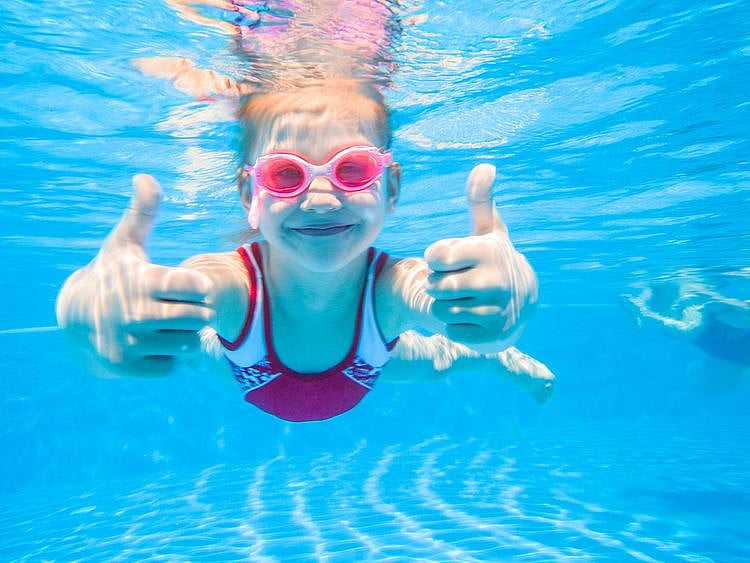What is dry drowning? How can a parent help?
Dry drowning may occur while a child is in water or once they are out

The threat of drowning doesn’t end when a child is out of a pool. There is such a thing as ‘dry drowning’, or ‘post immersion syndrome’, which can occur soon after a watery encounter. In this case, the water doesn’t enter the lungs but inflames other, vital, areas. Here’s what you need to know about the condition and what you can do if you see a child struggling.
First, what is dry drowning?
Dr Amarendra Narayan Prasad, Specialist Paediatrician at UAE-based Zulekha Hospital, explains: “Dry drowning is a condition that occurs mostly in children. When they inhale water through the nose or mouth, the muscles in the wind pipe may spasm and close. This shuts off the airway and makes it difficult to breathe. It can happen while in water or soon after exiting the water body.”
While it can be fatal, it doesn’t have to be – the key is recognising and getting help at the right time. “Death occurs because vocal cords do not relax, preventing air from entering the lungs,” explains Dr Khairunnisa Mattummal, Specialist Paediatrician at Dubai-based Aster Clinic.
Is dry drowning the same as secondary drowning?
No. Secondary drowning happens if water gets into the lungs. There, it can irritate the lungs’ lining and fluid can build up, causing a condition called pulmonary oedema. You’d likely notice your child having trouble breathing right away, and it might get worse over the next 24 hours. Source: WebMD
What are the signs a parent should watch out for?
If you notice any of these signs, don’t ignore them:
How can one prevent dry drowning?
While it’s difficult, experts recommend keeping an eagle eye on kids when they are near water. Dr Hisham Hamdan, MD, ABP, ABP-Pulm, ABP-Sleep Consultant, Paediatric Pulmonology and Sleep Medicine, Pediatric Subspecialty, says:
Pediatric Subspecialty
Suspect dry drowning? This is when you need to head to the emergency room (ER).
Head to the ER at the first sighting of any symptoms.
What’s the treatment for dry drowning?
When you get to the ER, a few things will happen. Narayan Prasad explains: “All children with signs of dry drowning need to be observed in a hospital environment until they start breathing normally. A chest X-ray is done in such cases and fluids are given intravenously for four to six hours. Meanwhile, their airways are checked for patency and their oxygen level is monitored. Some children whose respiratory system may be compromised may require oxygen and ventilator support.”
It’s important, adds Dr Mattummal , to stay calm and try to keep your child calm as this will help them relax the airway muscles more quickly. Learning cardiopulmonary resuscitation (CPR) is also a good idea for parents for they can administer first aid if needed while waiting for help to show up. Both dry drowning and secondary drowning occur in very, very rare – i.e. 1 to 2 per cent – of all downing cases, says WebMD.
Have a topic you'd like us to discuss? Write in to parenting@gulfnews.com
Sign up for the Daily Briefing
Get the latest news and updates straight to your inbox
Network Links
GN StoreDownload our app
© Al Nisr Publishing LLC 2025. All rights reserved.